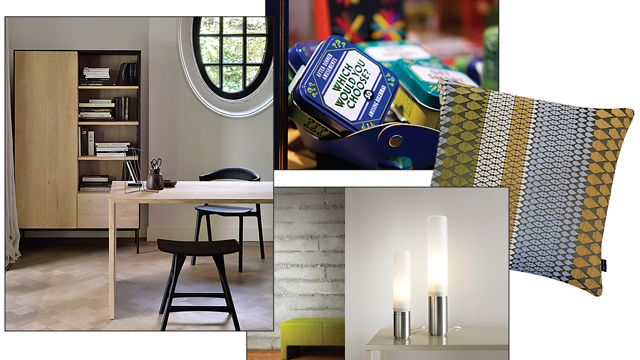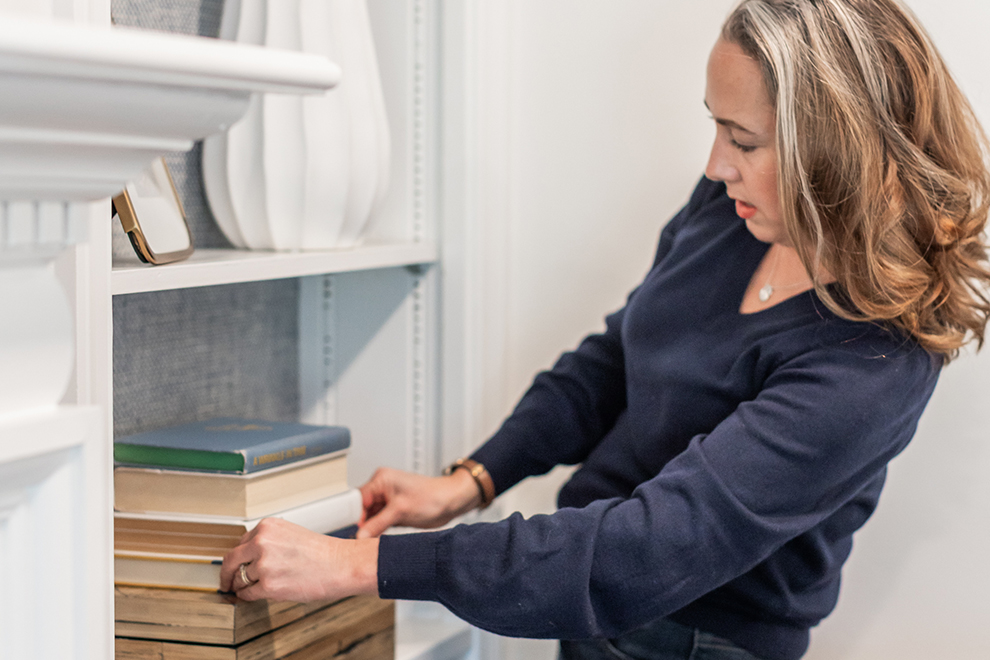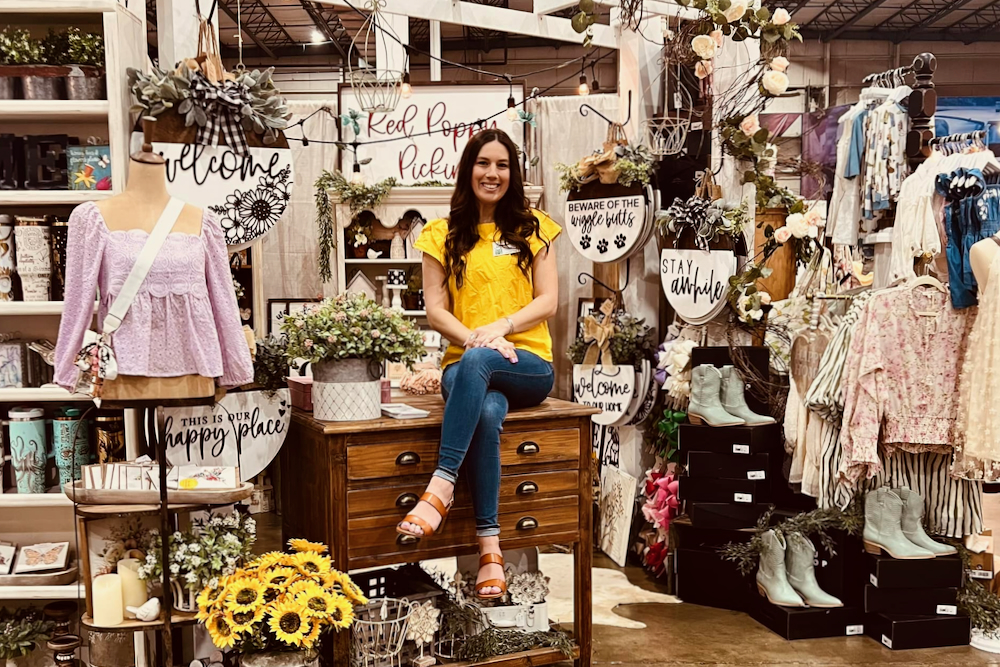I think it’s safe to start by stating the one big wish every single one of us had on January 1 was for COVID-19 to go away.
Alas, wishes won’t make it happen, and, once again, we find ourselves having to make the best of this very unusual situation for the safety of our communities and for ourselves.
Winter makes this task even more challenging. We’ve cooked, picked up, or ordered in everyone’s favorite meals over a dozen times each. We’ve cleaned every closet, reorganized the kitchen, and even sorted out the junk drawer. We’ve read books, worked puzzles, learned new skills, and slept – a lot. What could possibly be left to create a spark during the dark days of winter?
To answer this question, let’s look at the Scandinavian way of life. The cities of Oslo and Stockholm are lucky to get six to seven hours of daylight per day in January. That sounds depressing, yet, according to an April 2020 Conde Nast Traveler article, Scandinavian countries rank among the top ten happiest places to live in the world. (Finland is number one on the list, for what it’s worth, and they’re the darkest of all!)
What tips can we take from the Scandinavians to make it through our own much milder winter – which this year, might seem darker and colder than ever?
Add color.
Walk into a Scandinavian home and you’ll find bright, happy colors throughout. Orange is energizing, yellow calls for spontaneity, and green symbolizes optimism and new beginnings. It’s easy to add some color to your space with accents. Change up your throw pillows, add a bold and beautiful throw rug, and bring out some colorful serving pieces at the dinner table to liven your space. Even just changing to a brightly hued coffee mug in the morning will lift your spirits. Try it!
Engage in ritual.
Just because you are all stuck at home together does not mean you have to eat every meal or binge-watch every show together. Instead, create one time each week when everyone will come together at the dinner table or in the family room to tell stories or play games or watch a movie. At our house, we made a list (a very long list) of what we consider “movies that can’t be missed” for our now college-age daughter. We’ve worked our way through a few on the list, but knowing we have many more to see together gives us something to look forward to.
Have conversation starters.
Even people who adore being around each other can run out of things to say. Fortunately, there are conversation starters that can help. Pick up a set of After Dinner Amusements ($8.95 each at LaDiff) and play Name That Tune, Do You Remember? or Family Time. Younger kids will enjoy sharing their stories, too, while the grownups retell some family favorites.
Balance your lighting.
When natural light is at a minimum, finding and using the right artificial light in your space is critical. Your choice of lighting can make or break a space. First, be sure you are using the correct kind of light for the correct function. You need bright, white task lighting for doing homework, cooking, sewing, crafting, and reading. When lighting is too bright everywhere all the time, it can cause headaches and stress. For other spaces, ambient and/or dimmable light sources give you control of the balance and the mood. Be sure to light up the corners of a room, not just a fixture in the ceiling. Also, put a lamp or two on timers to come on just before the sun goes down. Walking into a room or a house that is already lit can lift your spirits.
Find ways to declutter.
The Scandinavians are known for their minimalist style, and there are mental-health reasons for that. A decluttered space frees your mind to think, play, and be creative. We’ve all heard the mantra from Marie Kondo about only living with items that spark joy. This same advice will keep your heart happier during the winter months. Minimal, clean-lined furniture that offers great functionality can make your head and heart happier.
Embrace hygge.
This Danish word generally means coziness and sums up the idea of contentment, comfort, and wellness in terms of mood. To experience hygge (pronounced “hoo-gah” with a really long oo sound), here’s what you’ll need: comfy thick socks, super soft slippers, a cup of your favorite hot beverage, and a snuggly thick blanket – enough for the whole family, please!
Eventually, the scientists, pharmacologists, and medical experts will have more control over the spread of COVID-19 and our lives will return to another version of normal. Personally, it’s my hope that the majority of us can look back on this time at home with our families with fondness and remember how we all made the best out of a tough situation.
Photos: courtesy LaDiff





